Introduction
Recently, consumer surveys have witnessed a sudden upsurge among shoppers switching to more sustainable shopping habits. This is a result of growing awareness regarding the environmental impact and health implications of conventionally-made garments and other textile items. Believe it or not, global certifications like the OEKO-TEX Association’s family of standards have a significant role to play here.
Let’s understand two of OEKO-TEX’s most recognized labels — OEKO-TEX Made In Green vs Standard 100. These certifications’ criteria are dedicated to sustainable manufacturing processes and the elimination of dangerous substances through rigorous lab tests. Sounds interesting? Then dive in to know how they operate, and what difference they can make in the market of eco-friendly products.
What is the Difference Between OEKO TEX Made in Green and OEKO-TEX Standard 100?
| Distinctions | OEKO-TEX Made In Green | OEKO-TEX Standard 100 |
| Scope and Focus | Made In Green takes a broader approach by assessing the entire supply chain, extending its focus beyond chemical safety. It checks for implementation of sustainable production, environmental considerations, and social responsibility throughout the manufacturing processes of production facilities. This meticulous evaluation provides a more holistic assurance to conscious consumers. | Standard 100 concentrates on ensuring the chemical safety of textiles, specifically targeting the elimination of lists of chemical substances that are harmful to human health. This certification guarantees consumers that the final product is 100% chemical-free. |
| Certification Process | OEKO-TEX Made in Green employs a more comprehensive approach. It evaluates the entire manufacturing process, examining sustainable and responsible practices in every phase of the production site. This ensures that the final product meets high standards of environmental and social responsibility. | The OEKO-TEX label for Standard 100 rigorously tests textiles for harmful substances, offering a clear evaluation of the chemical safety of the finished articles. |
| Ethical Considerations | The Made in Green certification evaluates the entire lifecycle of the product. It guarantees that products are not only chemical-free but also made following fair trade practices in transparent supply chains. All factors that protect employee health and provide them with fair working conditions, occupational safety, fair wages, and a ban on child labor are sorted here. | Standard 100 just confirms the immediate safety of the end product. Its focus is centered on safeguarding consumers from potential allergens or health hazards related to the use of textiles. The Standard 100 framework doesn’t delve deep to inspect the ethical affairs of a supply chain. |
| Consumer Assurance | Made In Green extends its assurance beyond chemical safety. It undertakes human-ecological requirements, assures consumers of the eco-friendly and ethical production of the product. Overall, its environmental management and social criteria cover all aspects of sustainability and social responsibility for a more holistic consumer confidence. | This certification guarantees that the certified ready-made textile articles have undergone thorough testing and are found to be absolutely safe. This certification limits values of the chemical content and verifies product safety for those concerned about the potential health impact of textiles. |
| Traceability | OEKO-TEX Made in Green offers full traceability of the entire textile chain. Consumers can trace the product’s origins, ensuring transparency in sustainable and ethical manufacturing practices. With the traceability feature, everyone can track the journey of the product from raw material to manufacturing, enabling them to make informed choices. | OEKO-TEX Standard 100 does not include a traceability feature, as its focus revolves around eradicating a textile’s chemical contents. |
It is to be noted that for both certifications, the assessments are conducted by one of the 17 accredited laboratories. The certificate is granted when all criteria and legal requirements set by the OEKO-TEX standards are met.
What is OEKO TEX Made in Green?
The OEKO-TEX Made In Green certification is a traceable product label for all types of textiles and leather goods. It signifies that products are made in eco-friendly production facilities with strict adherence to safe and responsible working conditions. This label provides consumers with the assurance that the textile or leather products are crafted from materials tested for harmful chemicals.
To obtain the OEKO-TEX Made In Green seal, companies or manufacturers must fulfill the diligence requirements of both OEKO-TEX Standard 100 or OEKO-TEX Leather Standard (product certification) along with the OEKO-TEX SteP (factory certification). This ensures sustainability and fair trade practices from raw material sourcing to the finished product.
The Made In Green label is only granted to products meeting the strict criteria and legal regulations of both certifications, making it a trusted marker for environmentally conscious and socially responsible textile and leather articles. For an industry that has a significant carbon footprint and violates labor rights, the Made In Green certification acts as a sign of commitment to workers’ and consumers’ safety, reliability, and ethical practices.
What is OEKO-TEX Standard 100?
OEKO-TEX Standard 100 is one of the most common certifications that set rigorous testing criteria for a wide range of textile products and raw materials. This standard ensures that every material— from fabrics to accessories, are free from 350+ harmful substances such as formaldehyde, heavy metals (lead, cadmium, nickel, etc.), and azo dyes.
With a focus on consumer safety regarding chemical content, the Standard 100 certification evaluates and mitigates potential health risks associated with synthetic compounds present in textiles. Along with testing the restricted substance list of hazardous chemicals, it also limit values for toxic substances that are not legally banned but are suspected to be dangerous to human health. These include colorants causing allergies and synthetic softeners like phthalates.
OEKO-TEX Standard 100 categorizes certified goods into four classes based on their intended use, ensuring product safety for different applications.
- Class 1: Items for babies and toddlers.
- Class 2: Items in direct contact with skin.
- Class 3: Items without direct contact with skin.
- Class 4: Home textiles.
To keep bearing the Standard 100 seal, consumer products must undergo annual re-certification label check by one of the independent auditors. They should demonstrate continued compliance with safety standards and the absence of harmful toxins at all levels of production.
OEKO TEX Made in Green vs OEKO-TEX Standard 100: Target Audience
OEKO-TEX Made in Green
The Made in Green certification caters to a diverse and conscious audience who seek more than just assurance of chemical safety. This certification appeals to individuals and businesses interested in comprehensive sustainability, prioritizing products with minimal environmental impact.
Made in Green is designed for those who are not only concerned about the absence of harmful substances but also wish to support products manufactured in ethical and eco-friendly facilities. It resonates with people who advocate for responsible workplaces and desire transparency in the textile value chain.
OEKO-TEX Standard 100
The Standard 100 label predominantly addresses consumers and manufacturers who solely care about the safety aspect of products. It particularly appeals to those concerned about potential allergens or health risks associated with textile processing methods.
Manufacturers seeking to assure their customers of the absence of harmful substances in their products find Standard 100 to be a valuable certification. It acts as a clear and easily understandable safety label for consumers.
Takeaways
Learning the distinctions between OEKO TEX Made in Green vs Standard 100 certifications will simplify your shopping when picking mindful brands from the textile and leather industry. While the Made in Green certification promises chemical-free production under responsible conditions, the Standard 100 hones in on the chemical safety of all kinds of textile and leather articles.
Understanding these differences is like holding the compass for your values — whether it’s about environmental performance or health-conscious choices. Together, let’s pledge to create a sustainable and healthier world by asking textile and leather brands to prove their commitment by adopting these OEKO-TEX Certificates.
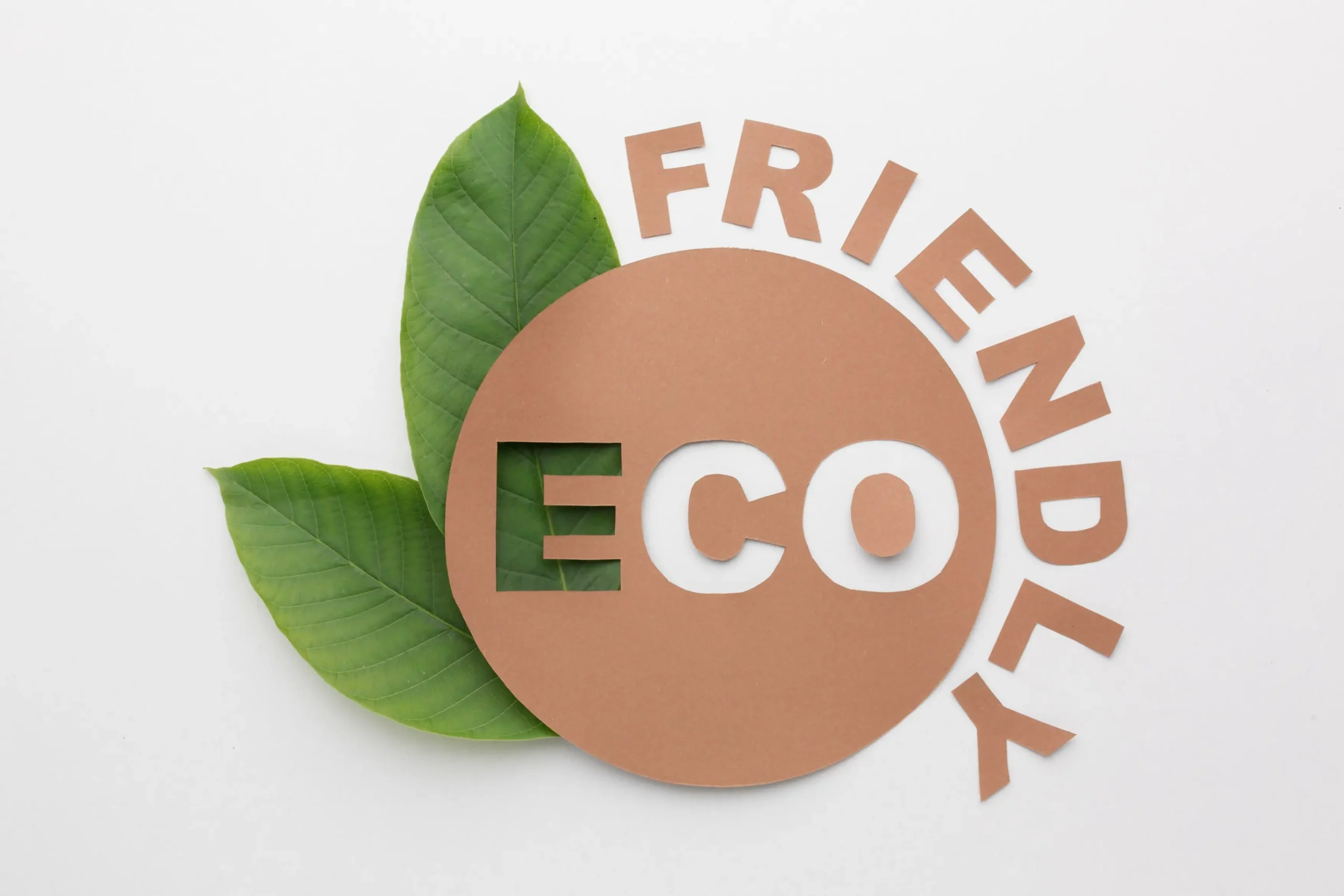


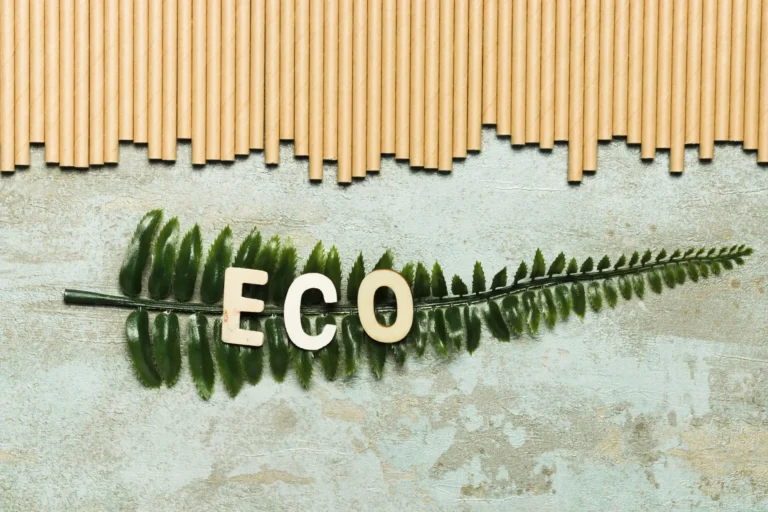
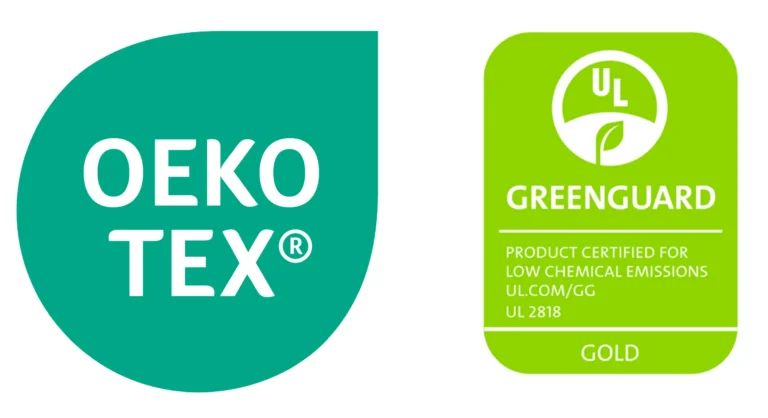
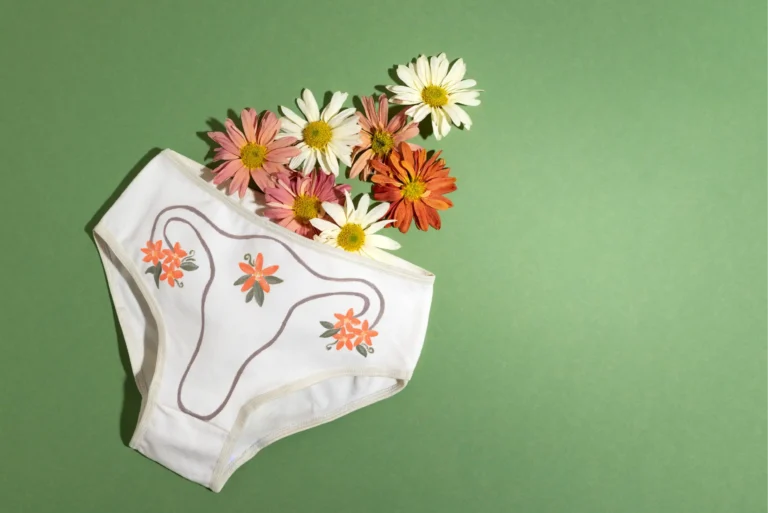
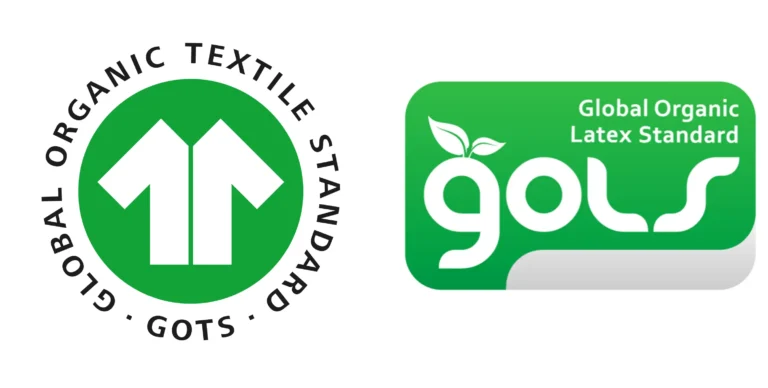
Be Good Do Good – Fashion, The Right Way
Get the Be Good newsletter straight to your inbox. Learn about the fashion industry’s burning problems and sustainability tips, as well as new sustainable and ethical brands.